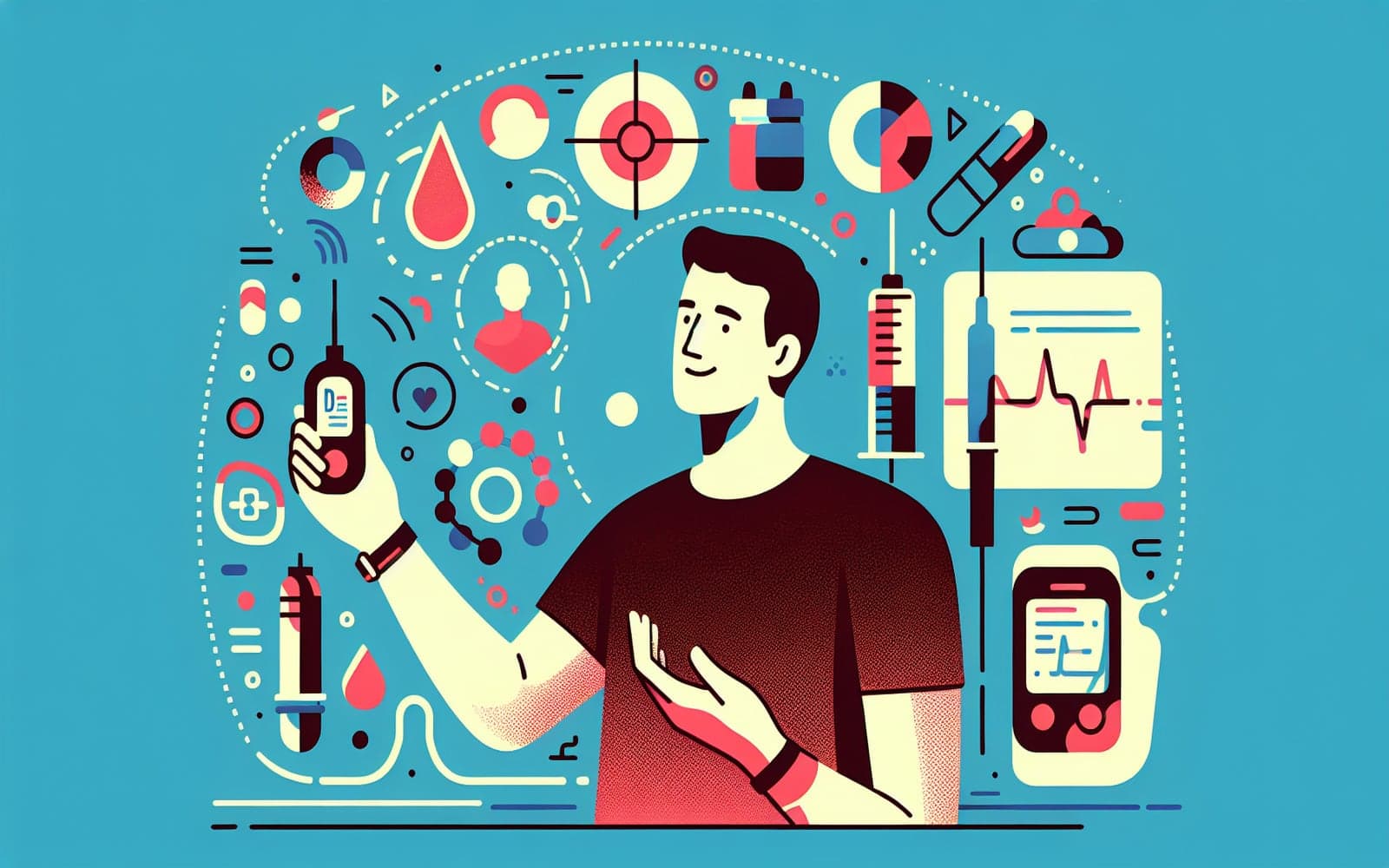How to Recognize and Treat Hypoglycemia: A Step-by-Step Guide
Published: Aug 06, 2024
Recognizing and treating hypoglycemia promptly can prevent severe complications. This guide provides easy steps to manage low blood sugar.
Contents
Identifying Hypoglycemia Symptoms
Hypoglycemia symptoms can include dizziness, sweating, or confusion. Recognizing these signs early can help you take action quickly. Knowing your symptoms and when they occur can aid in faster intervention.
Immediate Steps to Take
If you experience symptoms, check your blood sugar immediately. If it’s below 70 mg/dL, consume 15-20 grams of fast-acting carbohydrates. Retest your blood sugar after 15 minutes and repeat treatment if necessary.

When to Seek Help
If hypoglycemia causes unconsciousness, seek immediate help. Administer glucagon if available and wait for emergency services. It’s crucial to educate family and friends on handling severe hypoglycemia.
Frequently Asked Questions
Symptoms include dizziness, sweating, and confusion.
Check your blood sugar and consume fast-acting carbohydrates if low.
Seek help if unconsciousness occurs; administer glucagon if available.
Educate others on recognizing and treating severe hypoglycemia.
Key Takeaways
Being prepared for hypoglycemia can prevent severe outcomes and ensure timely treatment.
Next steps: Practice these steps and consult Doctronic for personalized hypoglycemia management advice.Related Articles
References
American Diabetes Association Professional Practice Committee. 9. Pharmacologic Approaches to Glycemic Treatment: Standards of Care in Diabetes-2024. Diabetes Care 2024; 47:S158.
Cryer PE, Davis SN, Shamoon H. Hypoglycemia in diabetes. Diabetes Care 2003; 26:1902.
Always discuss health information with your healthcare provider.